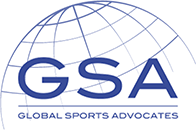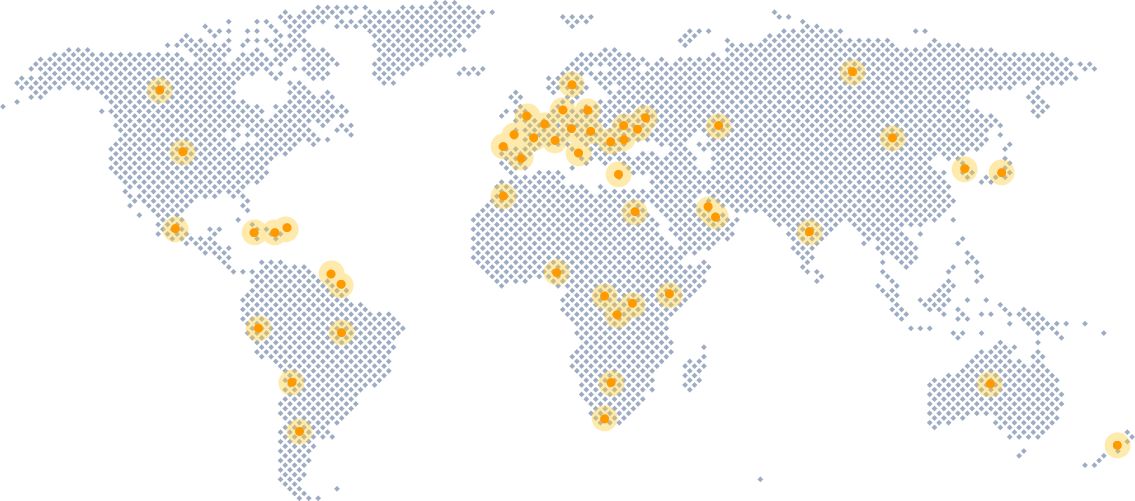
Our International Anti-Doping Lawyers Explain How an Athlete’s Degree of Fault Affects Sanction Length
Competing at an elite level requires athletes to be vigilant about everything they put into their bodies. Even a small mistake can lead to an unintentional violation of anti-doping rules and a lengthy suspension.
If you’ve recently tested positive for a banned substance, understanding how your degree of fault influences the length of the sanction you may face is critical. At Global Sports Advocates, our international anti-doping lawyers are here to help you understand your options and protect your right to compete in the sport you love.
“Degree of Fault” in the World Anti-Doping Code
Under Article 10.6.1 of the World Anti-Doping Code, if an athlete is able to successfully establish they bear No Significant Fault or Negligence for their Article 2.1 (presence), Article 2.2 (use), or Article 2.6 (possession) anti-doping rule violation, their period of ineligibility can be reduced based on their “degree of fault”. Although the term “degree of fault” has never been explicitly defined in the World Anti-Doping Code, for the last 10 years, panels have applied a consistent degree of fault analysis thanks to the guidelines set out in Cilic v. ITF.
The Cilic Degree of Fault Analysis
The first case to establish concrete guidelines for assessing an athlete’s degree of fault was Cilic v. ITF. There, the Cilic Panel explained that every athlete’s degree of fault could be broken down into one of three categories of severity:
- Significant degree of fault. This tier applies to cases where the athlete's actions show a clear disregard for anti-doping rules. It might involve knowingly taking a prohibited substance or failing to exercise even basic caution. Sanctions in this category are typically the most severe.
- Normal degree of fault. This middle tier encompasses situations where the athlete made some effort to comply with anti-doping regulations but fell short due to negligence or oversight. Sanctions in this category are moderate to strike a balance between punishment and the unintentional nature of the violation.
- Light degree of fault. The lowest tier applies to cases where athletes exercised considerable caution but still inadvertently violated anti-doping rules. This might include situations where the athlete consulted with medical professionals or checked ingredients but was misled or misinformed. Sanctions in this category are typically the lightest.
Each category carries with it a range of period of ineligibility depending on the type of substance or method the athlete tested positive for, used, or possessed.
In order to determine the precise period of ineligibility an athlete should serve, the Cilic Panel explained that the athlete’s objective degree of fault (i.e., how negligent the athlete was compared to a reasonable person in the athlete’s situation) must be evaluated first. This assessment determines which of the three degree-of-fault categories the athlete’s negligence lies (and therefore, the potential period of ineligibility range the athlete could receive). Once the category has been selected, the athlete’s subjective degree of fault (i.e., how negligent the athlete was considering their own personal capacities) is then examined. This assessment will determine where within the proposed sanction range the athlete’s period of ineligibility should be (the more mitigating factors an athlete can point to that caused them to commit an anti-doping rule violation, the lower the sanction will be).
Because so many factors come into play when assessing an athlete’s objective and subjective degrees of fault, it is in your best interests to contact an attorney as soon as possible if you are facing a potential anti-doping violation. At Global Sports Advocates, we’ve handled anti-doping cases involving athletes in more than 65 sports and from more than 75 countries. Refer to our case results and testimonials pages to learn about some of our recent successes.

